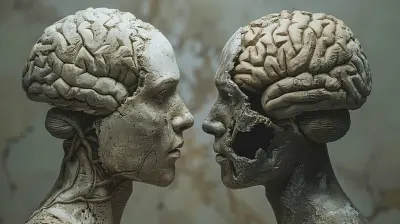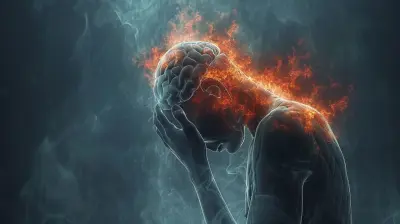The Neuroscience of Psychopathology: How Brain Imaging is Transforming Diagnosis
27 June 2025
Psychopathology—now that’s a fancy term, isn’t it? It sounds like something out of a psychological thriller where the villain is a brainy scientist who knows too much. But in reality, it’s just the study of mental disorders, and boy, do we have a lot to learn about how the brain works (or doesn’t).
For years, diagnosing mental illness was a bit like throwing darts in the dark. You describe your symptoms, the psychiatrist nods and scribbles on their notepad, and BAM—you get a diagnosis based largely on observation. But now, thanks to magical futuristic technology (a.k.a. brain imaging), we’re finally peeking under the hood. Let’s dive into how neuroscience and fancy machines are changing the way we understand and diagnose mental disorders.
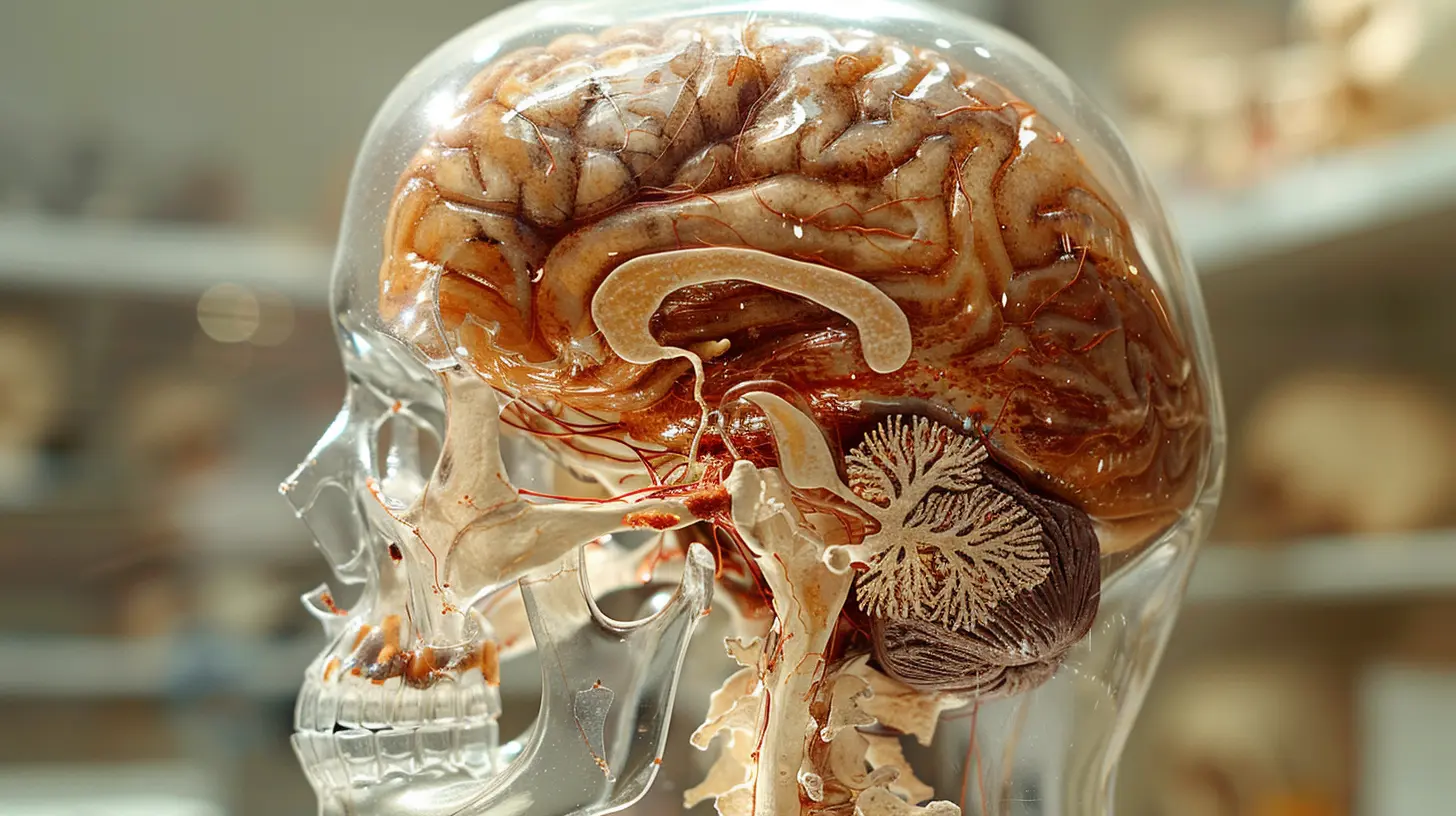
Brain Imaging: The Crystal Ball of Psychiatry?
Wouldn't it be nice if diagnosing mental health conditions were as easy as taking a selfie? Just one quick brain scan, and voilà—you’d know exactly what was going on in that maze of neurons! Well, we’re not quite there yet, but brain imaging is getting us closer.By using high-tech tools like fMRI (Functional Magnetic Resonance Imaging), PET (Positron Emission Tomography), and EEG (Electroencephalography), researchers are mapping out what’s happening inside the minds of people struggling with conditions like depression, schizophrenia, and even psychopathy (yes, we’re talking about the Hannibal Lecters of the world).
Functional MRI (fMRI): The Mind Reader
fMRI basically spies on your brain in real-time. It tracks blood flow and detects which parts of your brain light up when you're thinking, feeling, or having a breakdown because your favorite TV show just got canceled.In psychopathology, fMRI has been a game-changer. Studies have found that conditions like schizophrenia and bipolar disorder come with noticeable abnormalities in brain activity. The prefrontal cortex—the part responsible for decision-making and impulse control—often looks quite different in people with these disorders compared to those without.
PET Scans: The Brain’s Energy Map
A PET scan looks at how your brain consumes glucose (because even your brain loves sugar). It’s been particularly useful in studying Alzheimer’s, depression, and even addiction. Scientists have discovered that, in depressed individuals, certain brain regions appear less active—like a WiFi signal that keeps cutting out when you need it most.EEG: Finding the Brain’s Rhythm
EEG measures electrical activity in your brain, essentially showing what kind of brainwaves you're firing off. Think of it as an EKG for your mind. It’s often used to study epilepsy, sleep disorders, and even ADHD. Turns out, people with ADHD have different brainwave patterns, which explains why they might struggle with focus while the rest of us are glued to TikTok for hours.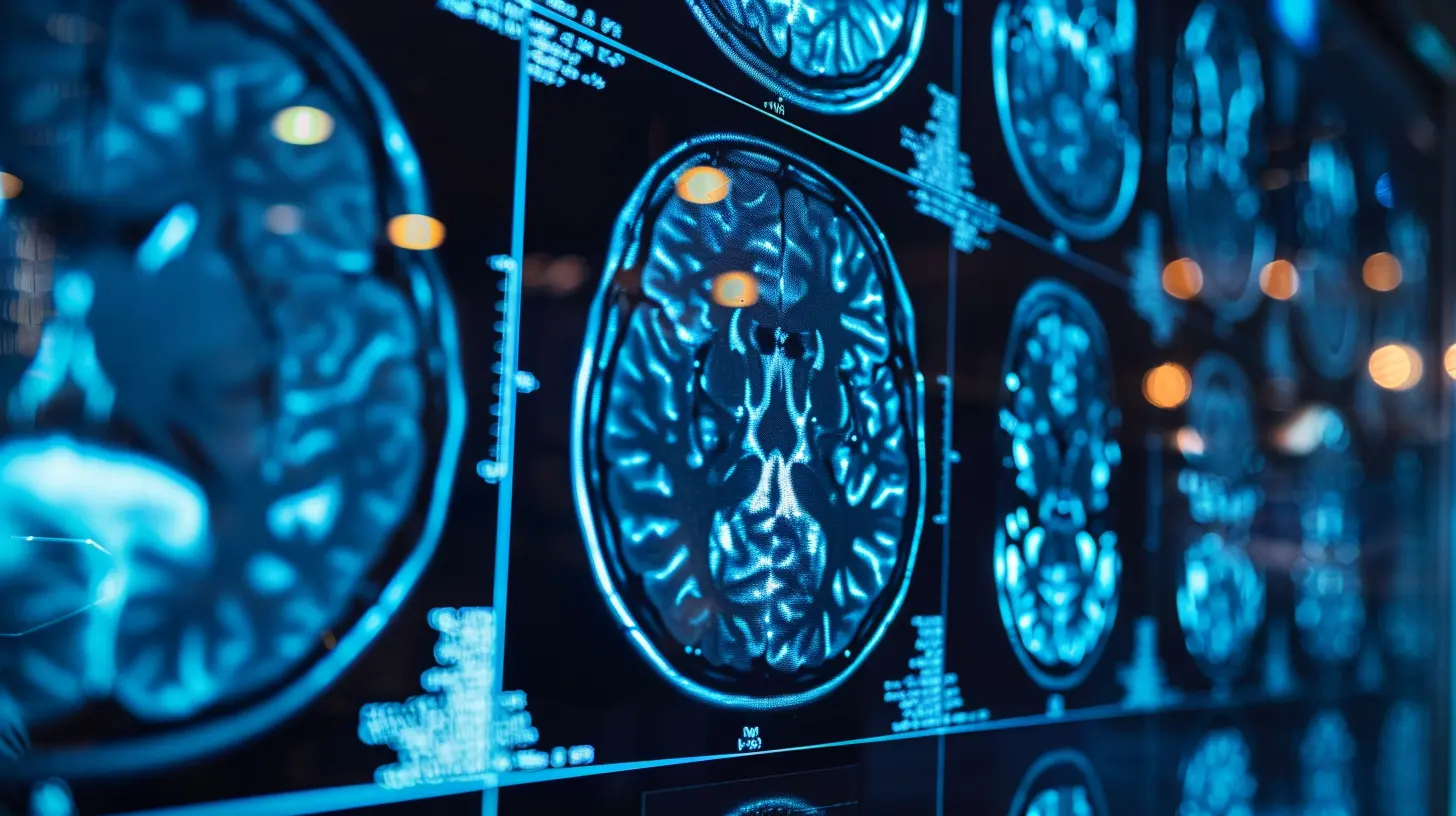
The Brain Abnormalities Behind Mental Illness
So, what’s really going on inside the minds of those with mental disorders? Well, a lot, actually. Turns out, the brain of someone with a psychiatric condition looks very different from that of your average, coffee-addicted millennial.Schizophrenia: When Brain Wiring Goes Haywire
Schizophrenia has long been misunderstood, but brain imaging has given us some solid clues about what’s happening. Studies show that people with schizophrenia tend to have enlarged ventricles (fluid-filled spaces in the brain), which suggests a loss of brain tissue. Also, their dopamine system—the thing that controls rewards and pleasure—is basically cranked up to eleven, leading to symptoms like hallucinations and delusions.Depression: When the Brain Hits the Snooze Button
Ever feel like your brain is on airplane mode when you're depressed? Science actually backs that up. Brain imaging has shown that the prefrontal cortex, which helps regulate emotions, is less active in people with depression. Meanwhile, the amygdala, the tiny almond-shaped structure linked to fear and emotions, is overactive—kind of like a car alarm that won’t stop blaring.Psychopathy: The Brain of a Villain
If you’ve ever wondered what’s going on inside the head of a psychopath, well, it’s kind of like a horror movie in there. Brain scans show reduced activity in the prefrontal cortex, which is responsible for moral decision-making and impulse control. In other words, their brain doesn’t "light up" the way a normal person’s would when considering empathy or guilt. So, if you’ve ever met someone who seems a little too chill about, say, kicking a puppy—maybe run.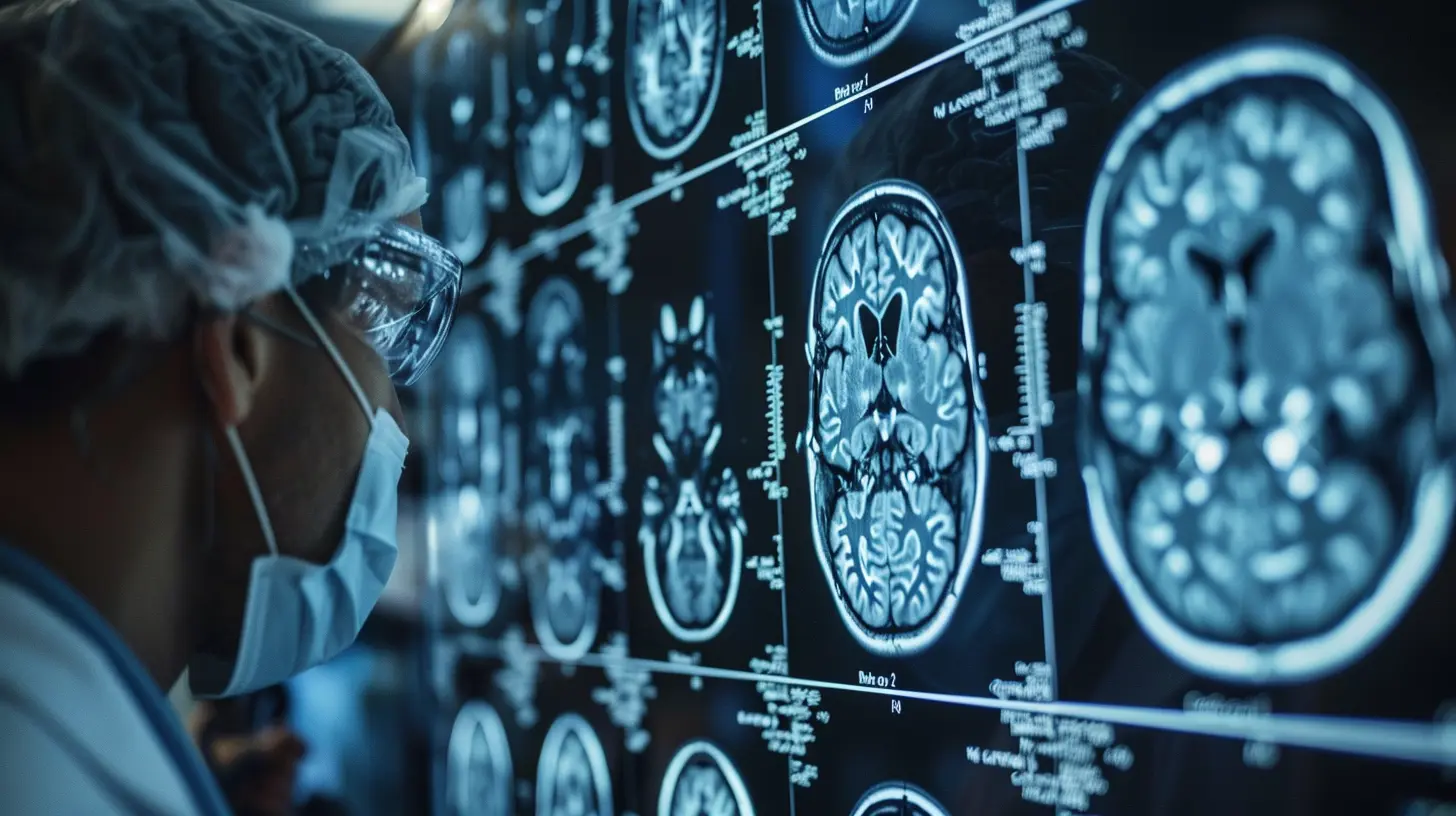
Can Brain Scans Actually Diagnose Mental Illness?
Now, before you rush to get a brain scan every time you forget your keys, let’s pump the brakes. Brain imaging is great for research, but it’s not quite ready to replace your psychiatrist just yet.- Mental health is complex – A messed-up brain scan doesn’t automatically mean you have a disorder. There’s a lot of variation in what’s considered “normal.”
- Correlation ≠ Causation – Just because your brain looks a certain way doesn’t necessarily mean it caused a mental illness. It could be the result of years of stress, trauma, or that time you ate nothing but instant ramen for a month.
- It’s expensive – Getting a brain scan is not exactly as affordable as a trip to your therapist (unless you happen to have a few thousand dollars lying around).
However, researchers are optimistic that one day, brain imaging might become as common as blood tests—helping doctors diagnose mental health disorders with precision rather than guesswork.
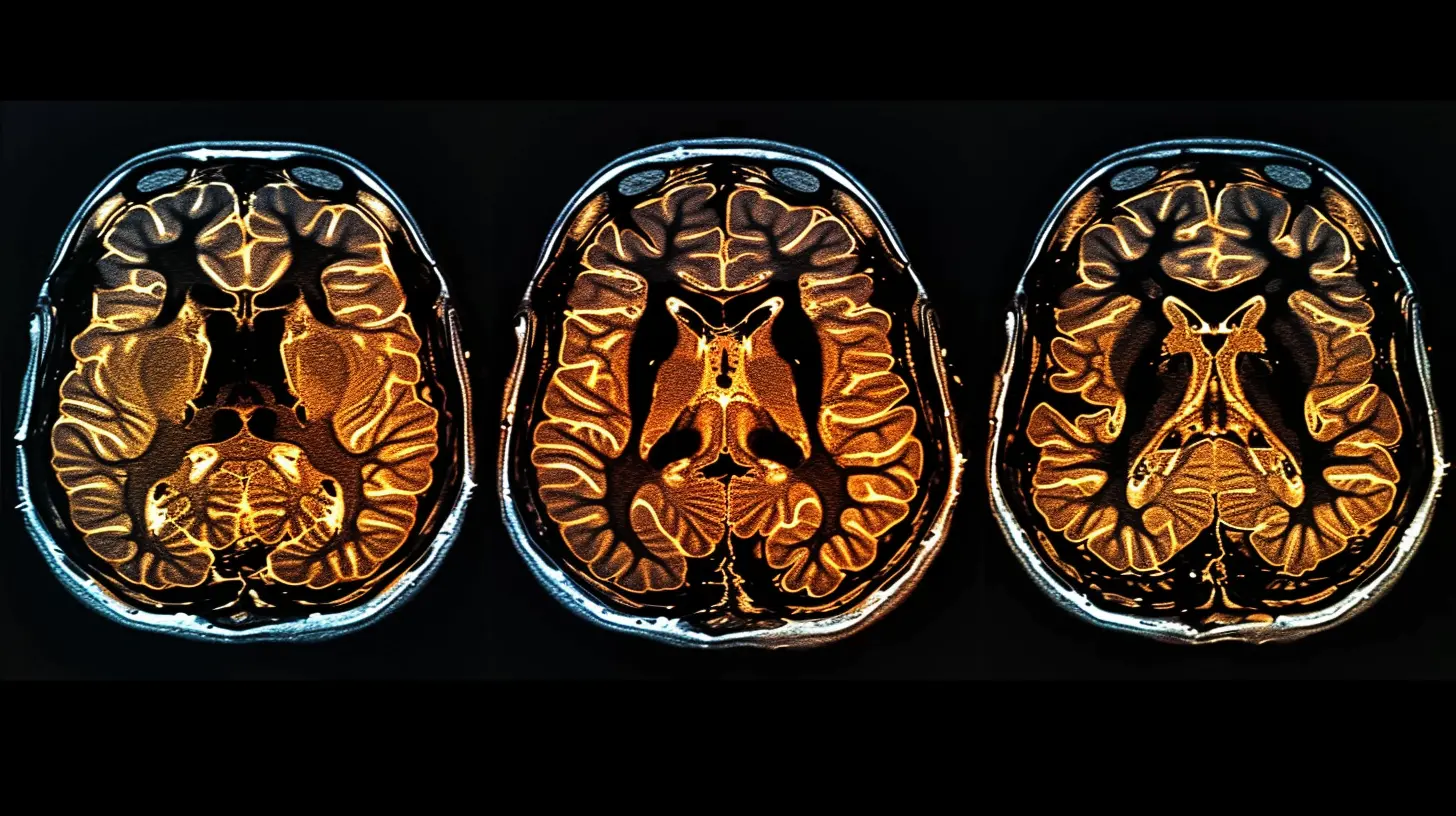
The Future of Brain Imaging in Psychiatry
So, where are we headed with all this brain-scanning wizardry? Well, imagine a future where mental illness could be diagnosed before symptoms even appear. Sounds like science fiction, right? But that’s exactly where we’re going.- Personalized treatment – Instead of the one-size-fits-all approach to mental health meds, future treatments could be tailored to your specific brain activity.
- Early detection – Catching conditions like schizophrenia or bipolar disorder before they fully develop could mean better outcomes for patients.
- AI and machine learning – Scientists are training AI to analyze brain scans and predict psychiatric conditions with remarkable accuracy. Who knew the robots would be better at diagnosing depression than your high school guidance counselor?
Wrapping Up: The Brain Still Holds Secrets
While brain imaging has revolutionized our understanding of psychopathology, we’re still far from a perfect science. But hey, considering that just a few decades ago, some doctors thought demons caused mental illness, I’d say we’re making progress.For now, neuroscience is helping us paint a clearer picture of the biological basis of mental disorders. And who knows? Maybe one day, diagnosing depression will be as easy as a five-minute brain scan instead of a lengthy, awkward conversation with a therapist. But until then, we’ll have to keep using our trusty old method—trial, error, and a lot of deep breathing exercises.
all images in this post were generated using AI tools
Category:
PsychopathologyAuthor:

Christine Carter
Discussion
rate this article
2 comments
Bryson Kline
Finally, a way to blame our brains for all those crazy thoughts!
November 24, 2025 at 4:01 PM
Eliana McGinnis
Who knew our brains were the ultimate reality show? With brain imaging revealing all the plot twists of psychopathology, it’s no wonder the diagnosis process just got a serious upgrade! Tune in for the latest brain drama!
July 4, 2025 at 2:55 AM

Christine Carter
Absolutely! Brain imaging truly unveils the complexities of our mental processes, making the diagnosis of psychopathology more insightful than ever. Exciting times ahead in understanding the brain!

